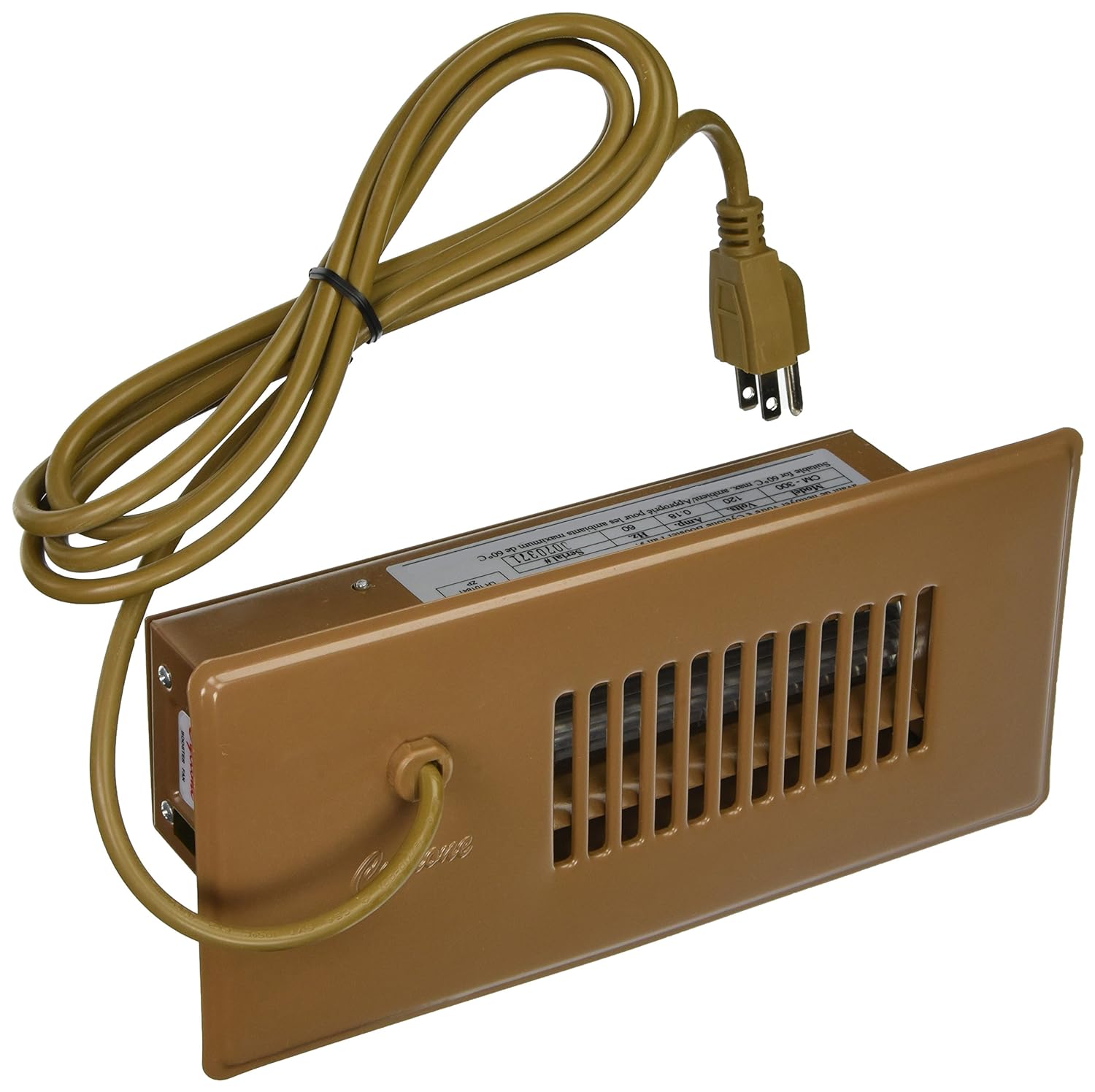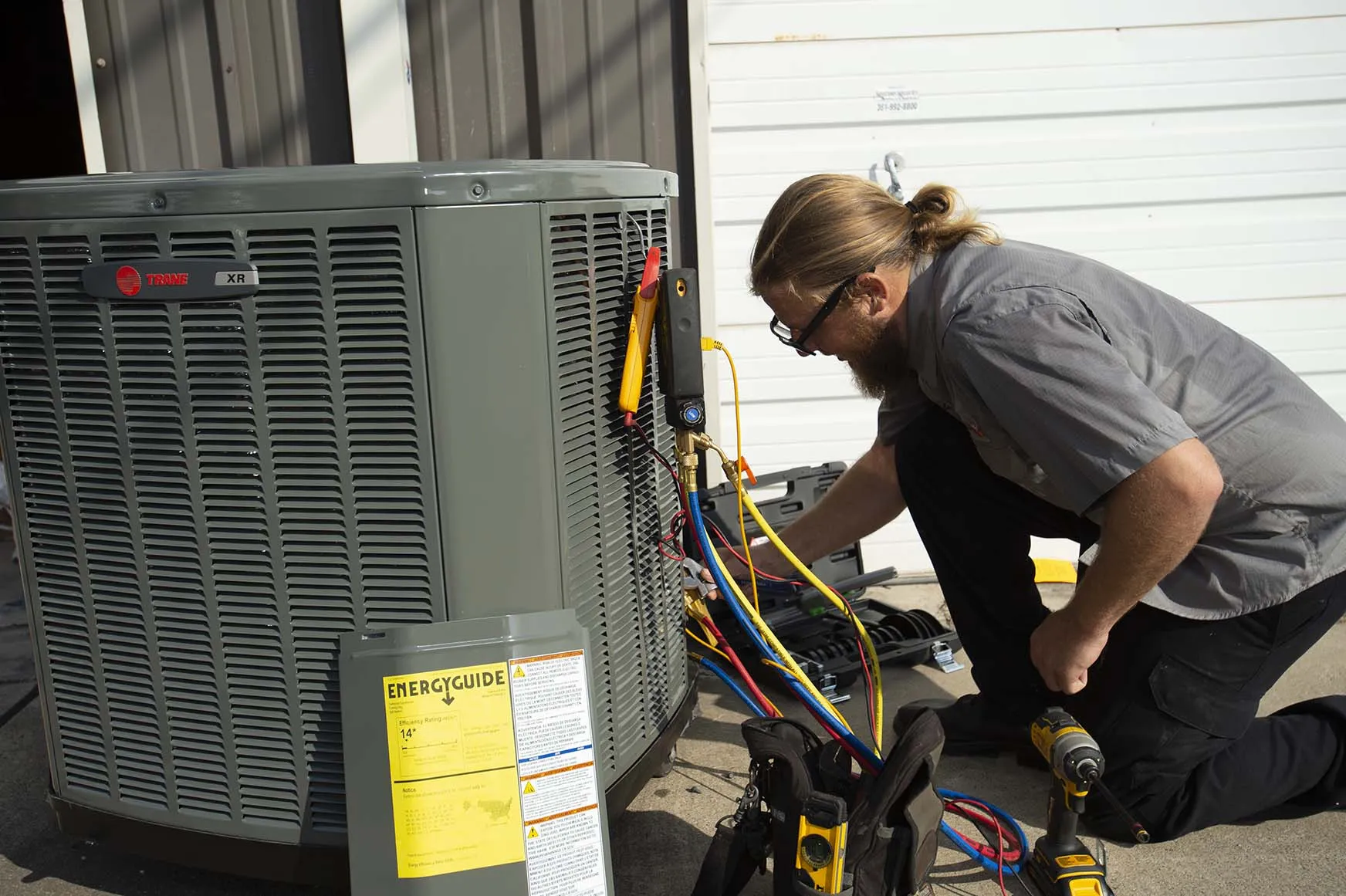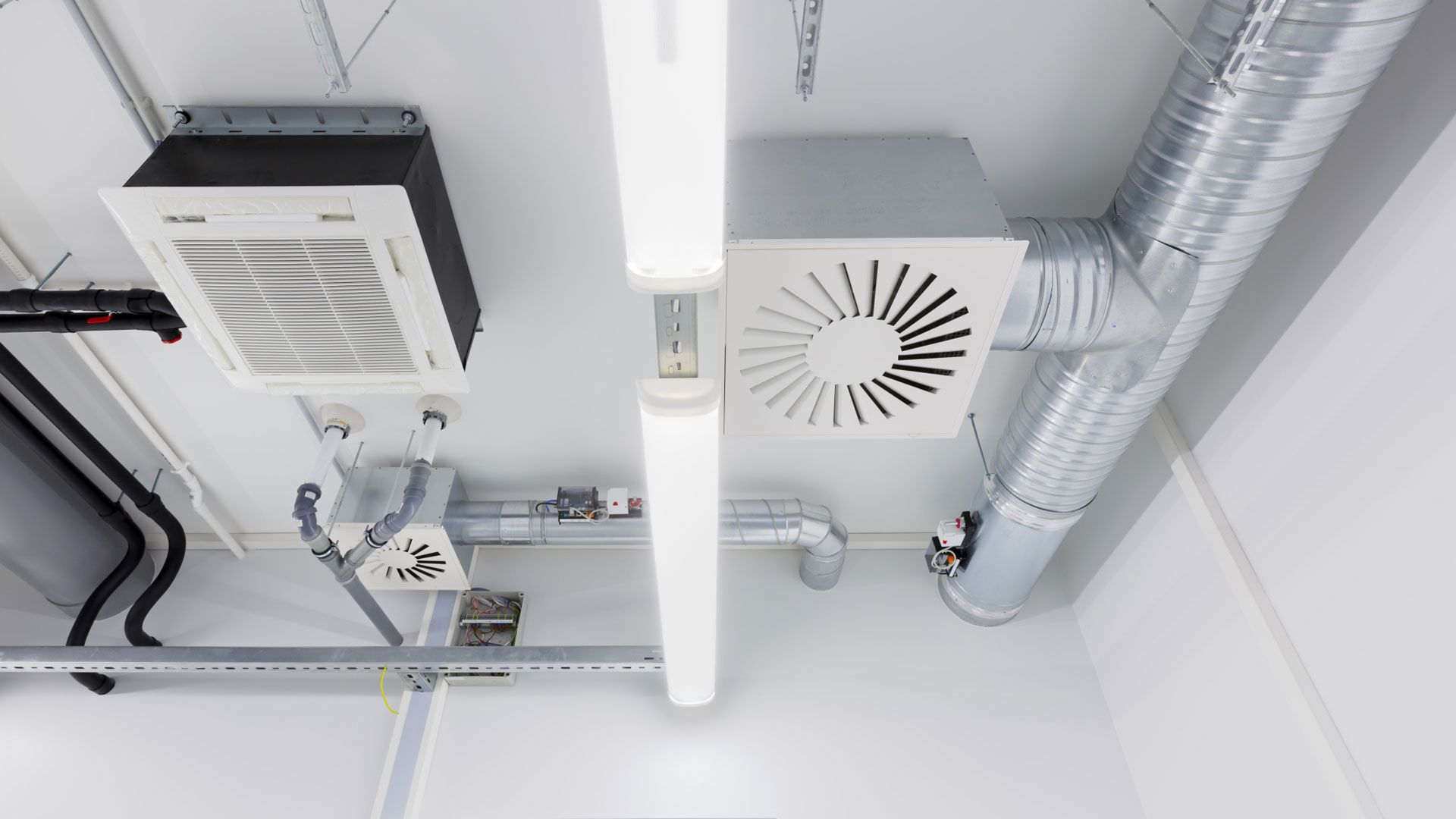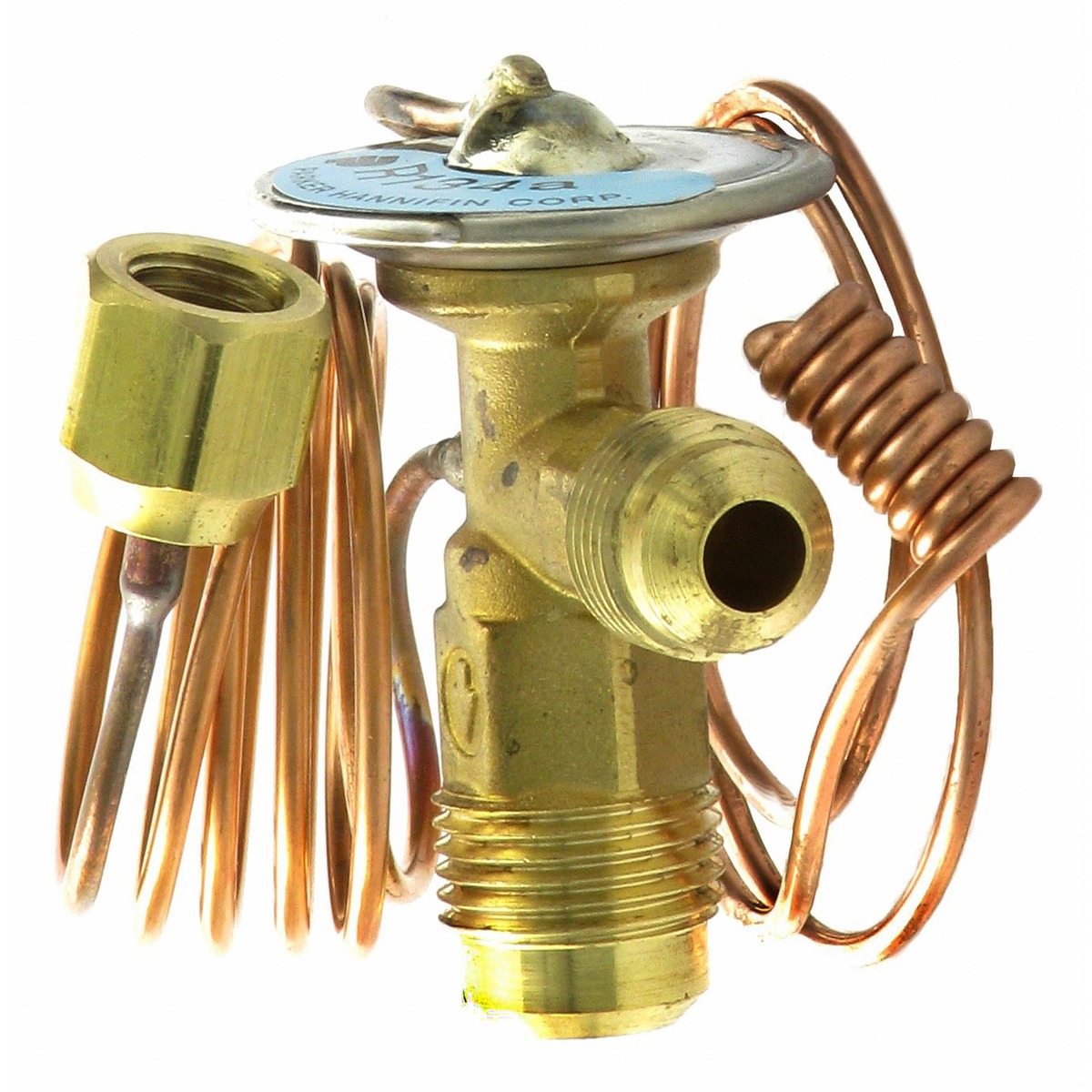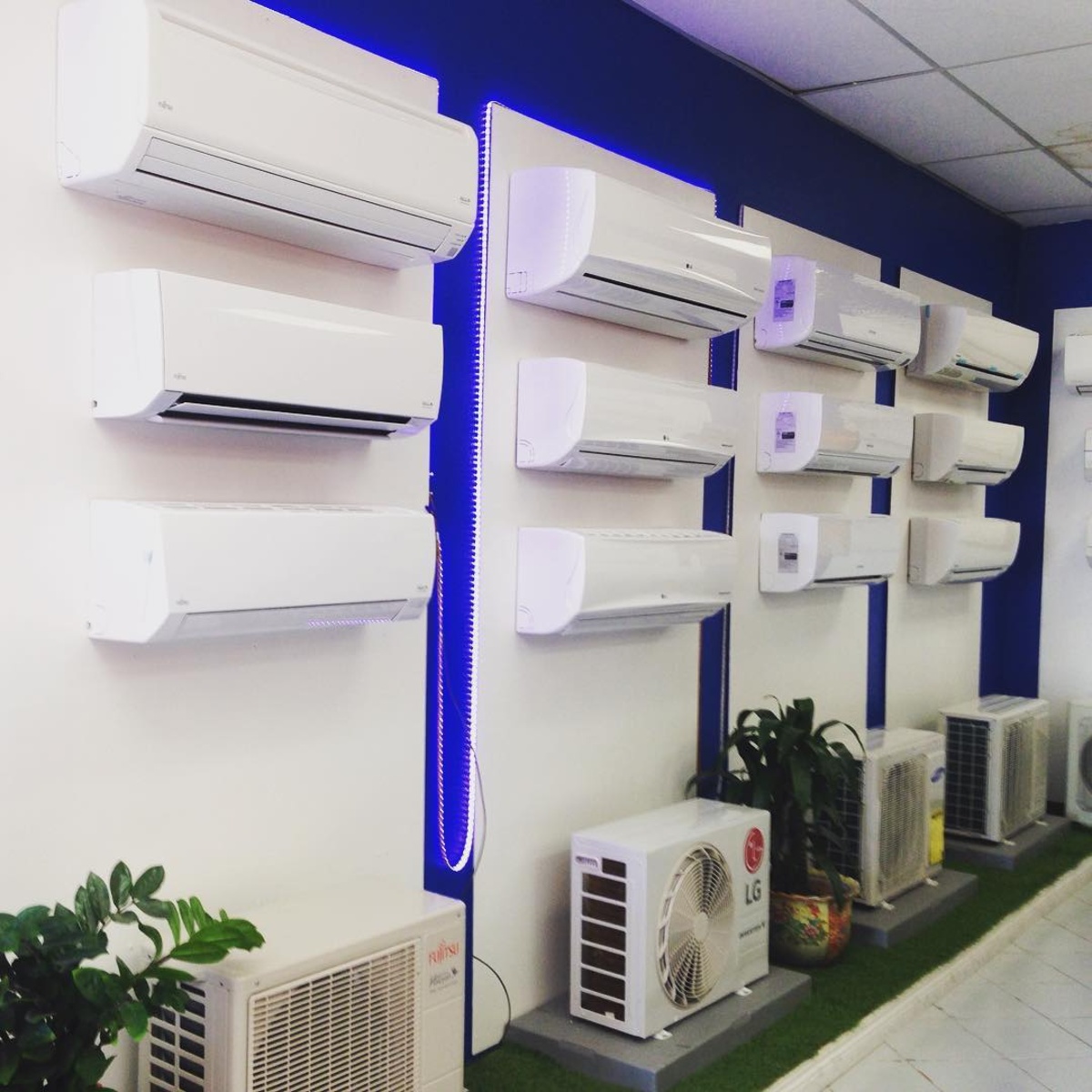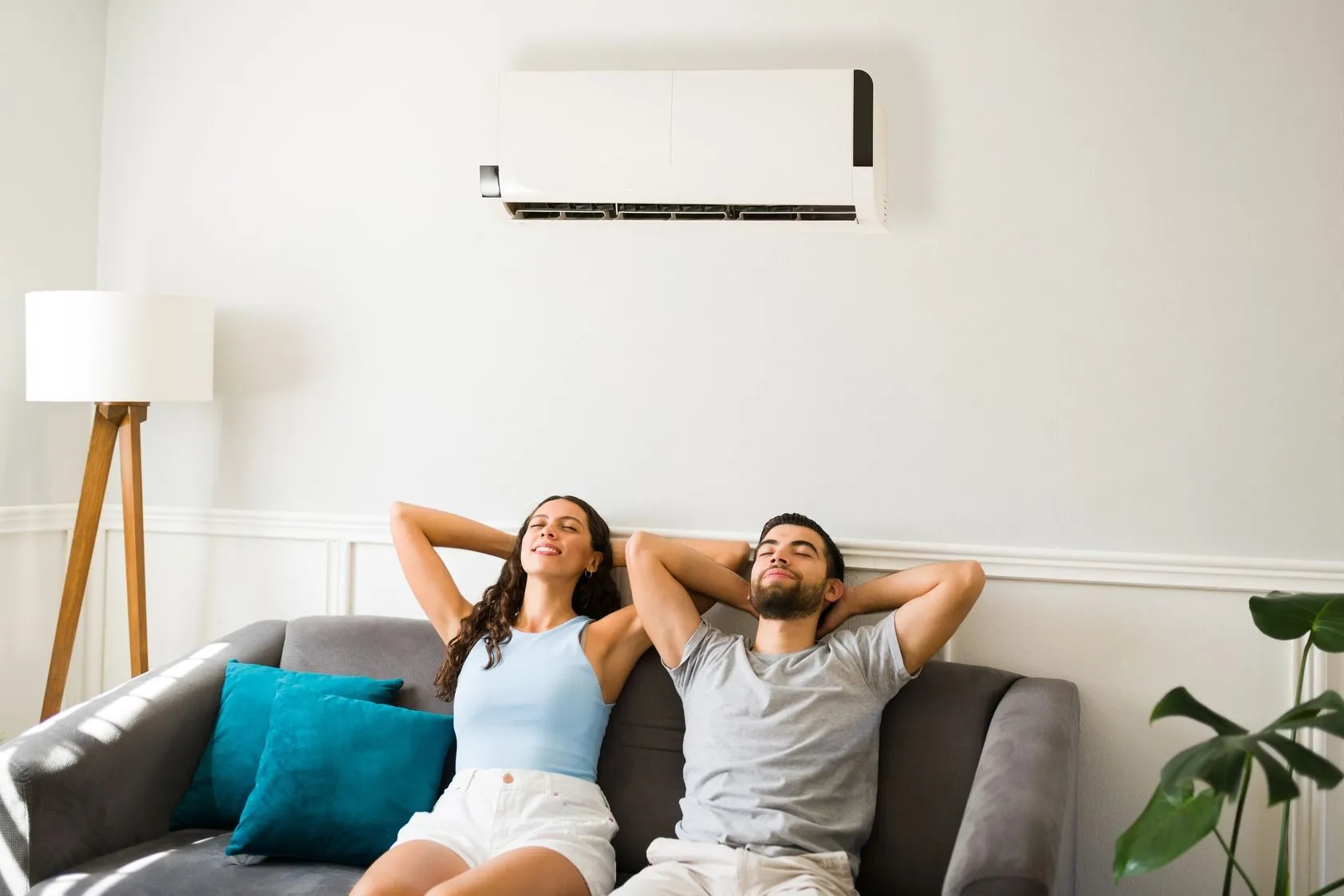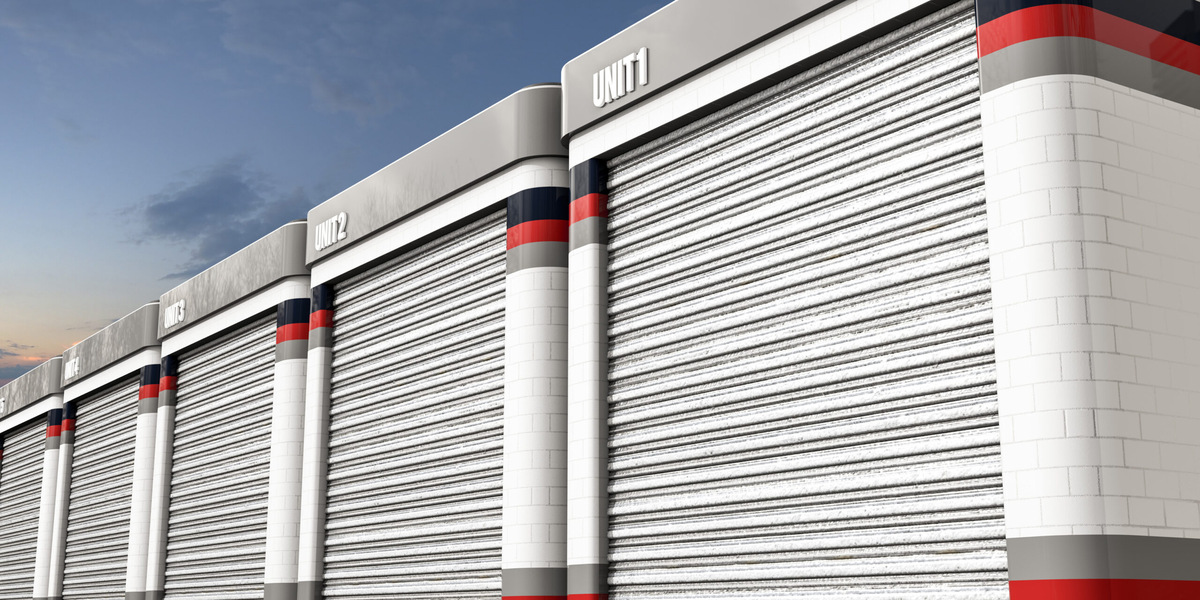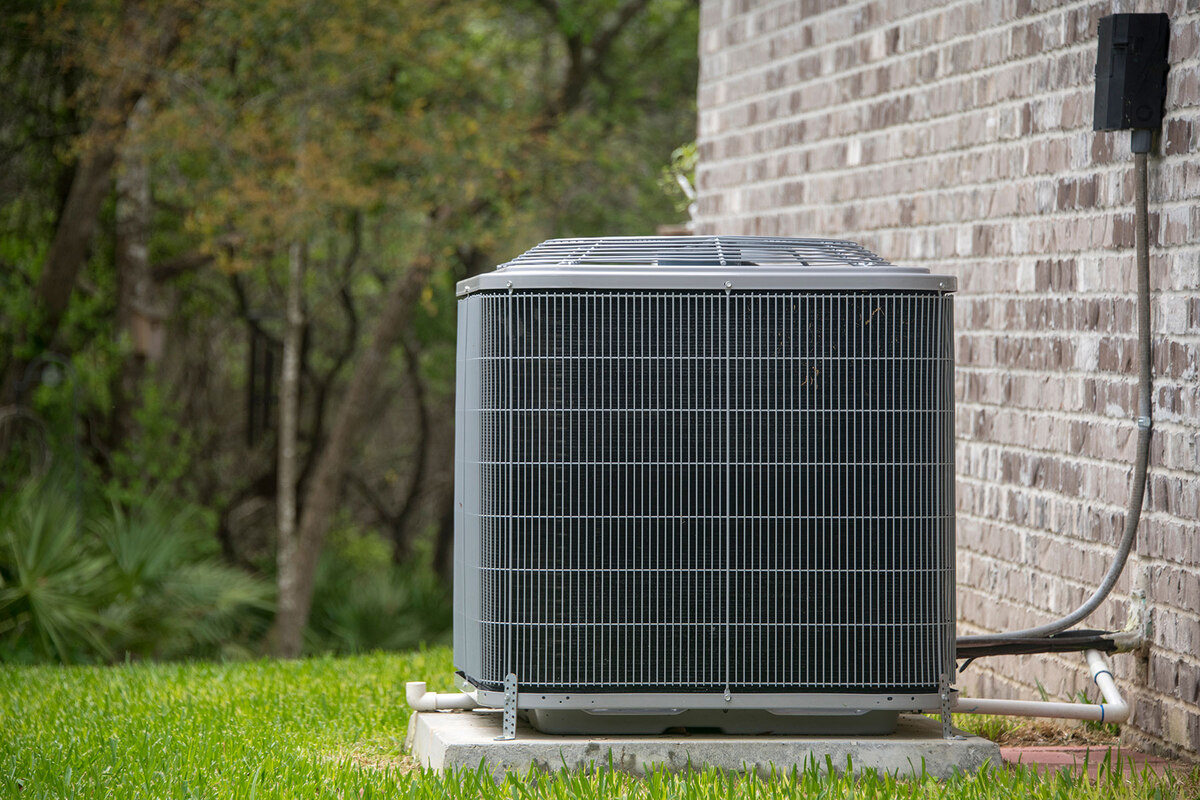Home>Home Maintenance>What Is Dual Zone Air Conditioning
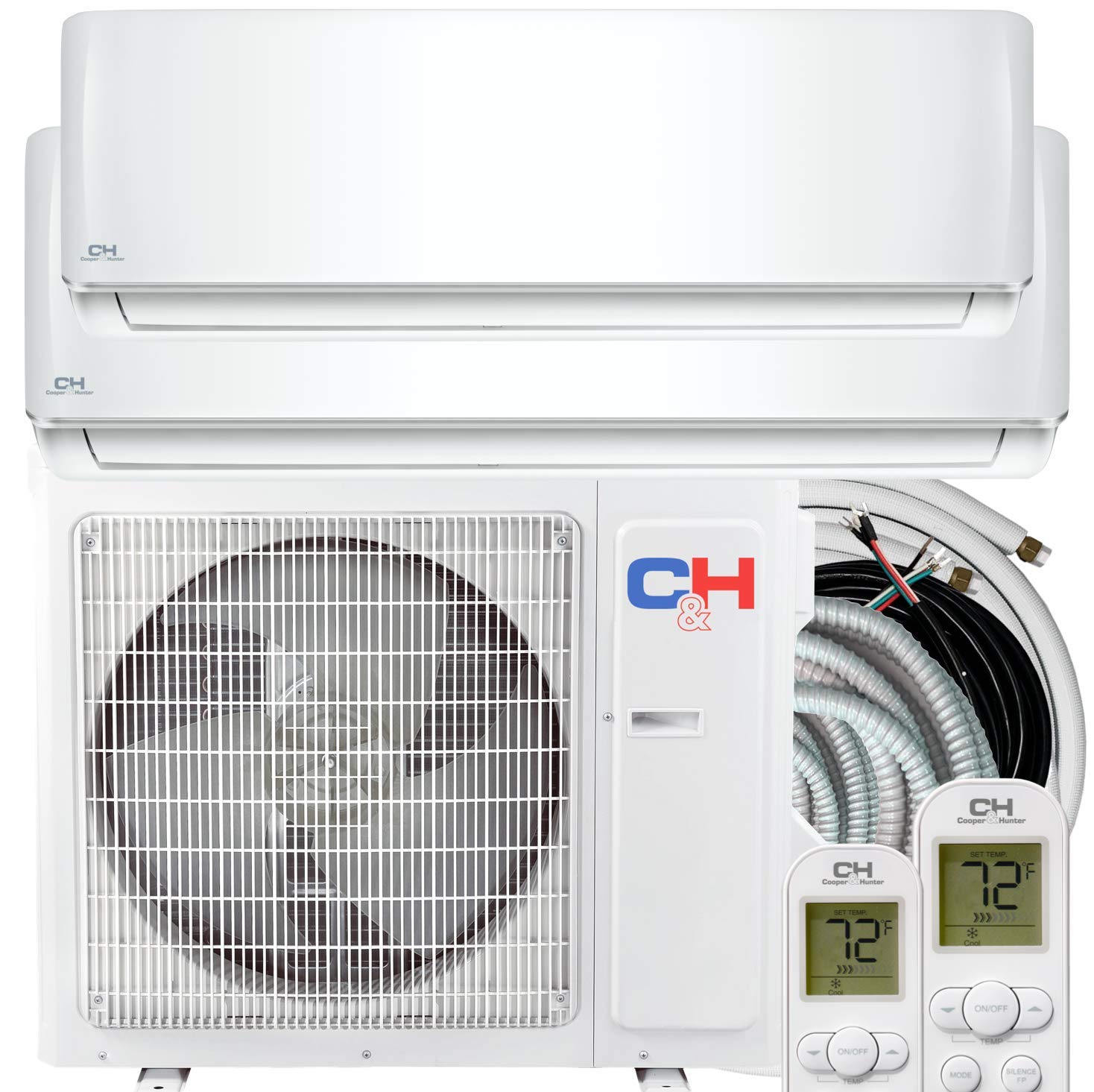

Home Maintenance
What Is Dual Zone Air Conditioning
Modified: March 6, 2024
Learn what dual zone air conditioning is and how it can improve your home's comfort. Discover the benefits of this home maintenance feature.
(Many of the links in this article redirect to a specific reviewed product. Your purchase of these products through affiliate links helps to generate commission for Storables.com, at no extra cost. Learn more)
Introduction
Welcome to the world of dual zone air conditioning! If you’re tired of fighting over ideal room temperatures with your family or struggling to regulate the airflow in different areas of your home, then dual zone air conditioning might be the perfect solution for you. In this article, we will explore what dual zone air conditioning is and how it works, as well as discuss its numerous benefits and potential drawbacks. We will also cover the considerations you should make before installing a dual zone system, provide maintenance and troubleshooting tips, compare it to single zone systems, and delve into the cost of installation. So, let’s dive in and discover the wonders of dual zone air conditioning!
Key Takeaways:
- Dual zone air conditioning allows personalized temperature control in different areas, reducing family conflicts over thermostat settings and saving energy by only cooling or heating occupied zones.
- Before installing a dual zone system, consider factors like home layout, budget, and maintenance needs. Regular cleaning and professional maintenance are essential for optimal performance.
Read more: What Is Dual Air Conditioning In A Car
Definition of Dual Zone Air Conditioning
Dual zone air conditioning refers to a type of HVAC (Heating, Ventilation, and Air Conditioning) system that allows for the independent control of temperature and airflow in different areas or zones of a building or home. Unlike traditional single zone air conditioning systems that have one thermostat controlling the temperature for the entire space, dual zone systems divide the area into two or more zones, each with its own thermostat and separate air handling unit.
This means that you can have different temperature settings in different zones, providing personalized comfort for each area based on individual preferences. For example, you can set a cooler temperature in the living room during hot summer months while keeping the bedroom slightly warmer for a more comfortable sleep. Dual zone air conditioning offers flexibility and customization options for effectively managing temperature variations in different areas of your home.
How Dual Zone Air Conditioning Works
Dual zone air conditioning systems work by utilizing dampers and separate air handling units to control the temperature and airflow in different zones. Here’s a step-by-step breakdown of how dual zone air conditioning works:
- Zone Divisions: The first step in setting up a dual zone system is dividing the space into separate zones. This is typically done based on the layout of the building or the specific needs of the occupants.
- Dampers: Dampers are installed within the ductwork of the HVAC system to regulate the flow of air into each zone. These dampers can be opened or closed as needed to direct air to specific areas.
- Thermostats: Each zone is equipped with its own thermostat, which allows occupants to set and control the temperature independently. These thermostats communicate with the air handling units to maintain the desired temperature in each zone.
- Air Handling Units: Dual zone systems have separate air handling units for each zone. These units are responsible for conditioning the air and delivering it to their respective zones.
- Zoning Control Panel: A zoning control panel serves as the “brains” of the dual zone system. It receives signals from the thermostats and coordinates the operation of the dampers and air handling units to maintain the desired temperature in each zone.
- Sensors: Some dual zone systems also incorporate sensors in each zone to monitor temperature and occupancy. These sensors provide feedback to the zoning control panel, allowing it to make adjustments and optimize energy efficiency.
By dividing the space into zones and using dampers, thermostats, air handling units, and a zoning control panel, dual zone air conditioning systems provide independent control over the temperature and airflow in each area. This personalized control ensures comfort and energy efficiency by only cooling or heating the zones that need it, rather than the entire building.
Benefits of Dual Zone Air Conditioning
Dual zone air conditioning offers several benefits for homeowners who want enhanced comfort and energy efficiency. Here are some of the key advantages of installing a dual zone system:
- Individualized Comfort: One of the main benefits of dual zone air conditioning is the ability to create individualized comfort in different areas of your home. Each zone can have its own temperature settings, allowing family members to enjoy personalized comfort levels. This eliminates the need for compromise and minimizes disputes over thermostat settings.
- Energy Efficiency: With dual zone air conditioning, you have the capability to cool or heat only the zones that are occupied, rather than wasting energy on unoccupied areas. This targeted approach to temperature control can result in significant energy savings, reducing your utility bills and environmental impact.
- Improved Air Quality: Dual zone systems often come equipped with advanced air filtration and purification features. By independently controlling the airflow in each zone, you can ensure that the air is filtered and purified more effectively. This can be especially beneficial for individuals with allergies or respiratory conditions.
- Zoning Flexibility: Dual zone air conditioning provides flexibility in how you utilize the different zones of your home. For example, you can program the system to cool the living areas during the day and focus on cooling the bedrooms at night for a comfortable sleep environment. You can easily adapt the zoning according to your daily routines and lifestyle.
- No Wasted Cooling or Heating: In a traditional single zone system, cooling or heating the entire house can be inefficient and wasteful, especially if certain areas are seldom used. Dual zone air conditioning solves this problem by directing conditioned air only to the zones that need it, resulting in more efficient energy consumption.
By providing individualized comfort, energy efficiency, improved air quality, zoning flexibility, and eliminating wasted cooling or heating, dual zone air conditioning offers a range of benefits that can greatly enhance your home’s comfort and energy management.
Drawbacks of Dual Zone Air Conditioning
While dual zone air conditioning offers numerous benefits, it is important to also consider its potential drawbacks. Here are some drawbacks to keep in mind:
- Higher Cost: Installing a dual zone air conditioning system can be more expensive compared to a traditional single zone system. This is due to the additional equipment, such as extra thermostats, dampers, and air handling units, required for each zone. The cost of installation and maintenance should be taken into account when considering a dual zone system.
- Complex Installation: Dual zone systems require careful planning and installation to ensure proper functionality. This may involve modifications to the ductwork, wiring, and the installation of additional components. Professional expertise is often required to ensure a successful and efficient installation.
- Regular Maintenance: Dual zone air conditioning systems may require more maintenance compared to single zone systems. This is because there are multiple components and units that need to be maintained and serviced individually. Regular cleaning, filter changes, and inspection of dampers and thermostats are necessary to keep the system running optimally.
- Potential Noise Issues: With multiple air handling units operating in different zones, there is a possibility of increased noise levels. This can be a concern for those who are sensitive to noise or prefer a quiet environment. However, advancements in technology have led to quieter dual zone systems, so this drawback can be minimized.
- Design and Aesthetics: Depending on the layout and design of your home, incorporating dual zone air conditioning may require some adjustments or modifications. This could involve the placement of thermostats and air handling units in visible areas, which may affect the aesthetic appeal of your living space.
Considering the higher cost, complexity of installation, regular maintenance requirements, potential noise issues, and design implications, it’s essential to weigh the drawbacks against the benefits to determine if dual zone air conditioning is the right choice for your home.
Read more: What Is Zoned Air Conditioning
Considerations before Installing Dual Zone Air Conditioning
Before installing a dual zone air conditioning system, there are several key considerations that should be taken into account. These considerations will help you determine if a dual zone system is the right choice for your home and ensure a successful installation. Here are some important factors to consider:
- Layout and Size of Your Home: Assess the layout and size of your home to determine if it is suitable for a dual zone system. Consider the number of rooms or zones you wish to control separately and ensure that the ductwork can accommodate the added components needed for a dual zone system.
- Budget and Cost: Dual zone air conditioning systems can be more expensive than traditional single zone systems. Consider your budget and ensure that the cost of installation, including equipment and professional installation services, aligns with your financial capabilities.
- Energy Efficiency: Evaluate your energy consumption patterns and goals. If energy efficiency is a priority, dual zone air conditioning can help you save energy by only cooling or heating occupied areas. However, it is important to note that energy savings may vary depending on individual usage habits and the efficiency of the system.
- Existing HVAC System: Consider the compatibility of a dual zone system with your existing HVAC system. A thorough assessment by a professional technician can determine if any modifications or upgrades are required to integrate a dual zone system effectively.
- Climate and Temperature Variations: Assess the climate of your region and the temperature variations within your home. If there are significant temperature differences in different areas, a dual zone system can provide more comfort and control. This consideration is particularly relevant for multi-story homes or homes with large windows that may experience uneven temperature distribution.
- Maintenance Requirements: Understand the maintenance requirements of a dual zone system and ensure that you are willing to commit to regular cleaning, filter changes, and potentially more frequent servicing compared to a single zone system.
By carefully considering the layout of your home, budget, energy efficiency goals, compatibility with your existing HVAC system, climate and temperature variations, and maintenance requirements, you can make an informed decision about whether or not dual zone air conditioning is the right choice for your home.
Maintenance and Troubleshooting Dual Zone Air Conditioning Systems
To ensure the optimal performance and longevity of your dual zone air conditioning system, regular maintenance is essential. Here are some maintenance tasks and troubleshooting tips to keep your system running smoothly:
Maintenance:
- Regular Cleaning: Clean the air filters in each zone regularly to prevent dust and debris buildup. Clogged filters can restrict airflow and reduce system efficiency. Follow the manufacturer’s guidelines for cleaning or replacing the filters, typically every one to three months.
- Inspect and Clean Dampers: Check the dampers periodically to ensure they are functioning properly. Dust or debris can accumulate on the dampers, causing them to stick or operate inefficiently. Clean the dampers if necessary and ensure they are properly aligned for effective airflow control.
- Check Thermostats: Verify that the thermostats in each zone are functioning correctly. Check the batteries if applicable and ensure proper calibration of the temperature readings. Replace batteries as needed and recalibrate thermostats if required.
- Inspect Air Handling Units: Regularly inspect the air handling units in each zone. Look for any signs of damage or leaks around the units. Ensure that the units are clean and free from obstructions to ensure optimal airflow.
- Professional Maintenance: Schedule annual maintenance from a professional HVAC technician. They can perform a thorough inspection, clean the system components, check refrigerant levels, and address any potential issues before they become major problems.
Troubleshooting:
- Uneven Cooling or Heating: If you experience uneven temperatures between zones, check the dampers to ensure they are open and allowing proper airflow to the affected zone. Also, verify that the thermostats are set correctly and calibrated accurately.
- System Not Turning On: If the system does not turn on, check the power supply, including circuit breakers and switches, to ensure they are functioning correctly. Verify that the thermostats have power and are set to the desired temperatures. If the issue persists, it may require professional diagnosis and repair.
- Strange Noises: Unusual noises, such as rattling or grinding sounds, may indicate a problem with the air handling units or dampers. Inspect the units for loose or damaged components and tighten or replace as needed. If the noise persists, contact a professional for further evaluation.
- Incorrect Temperature Readings: If the thermostats in your dual zone system are displaying incorrect temperature readings, recalibrate them following the manufacturer’s instructions. Ensure the thermostats are not obstructed by objects, causing inaccurate readings.
Remember, if you are unsure about performing maintenance tasks or troubleshooting issues with your dual zone air conditioning system, it is best to consult a professional HVAC technician. They have the expertise and knowledge to diagnose and resolve any problems effectively.
Read more: What Is Air Conditioning
Comparing Dual Zone Air Conditioning to Single Zone Systems
When considering the best cooling solution for your home, it’s important to compare dual zone air conditioning to single zone systems to determine which option aligns with your needs and preferences. Here are some key points of comparison:
Temperature Control:
Dual Zone: Dual zone air conditioning provides independent control over the temperature in different zones or areas of your home. This allows for personalized comfort and the ability to set different temperature settings for each zone based on individual preferences.
Single Zone: In a single zone system, there is only one thermostat that controls the temperature for the entire space. This means that all areas of the home will have the same temperature setting, which may not be ideal for maintaining individual comfort levels in different rooms.
Energy Efficiency:
Dual Zone: Dual zone systems offer higher energy efficiency compared to single zone systems. By cooling or heating only the zones that are occupied, you can save energy by avoiding unnecessary cooling or heating in unoccupied areas. This targeted approach to temperature control can result in significant energy savings over time.
Single Zone: In a single zone system, the entire space is cooled or heated regardless of occupancy. This can lead to energy wastage in unoccupied areas and potentially higher utility bills.
Installation and Cost:
Dual Zone: Installing a dual zone air conditioning system can be more complex compared to a single zone system. It requires additional equipment, such as extra thermostats, dampers, and air handling units, and may involve modifications to the ductwork. Consequently, dual zone systems tend to be more expensive to install compared to single zone systems.
Single Zone: Single zone systems are simpler to install as they only require a single thermostat and air handling unit. This generally makes them more cost-effective in terms of installation.
Read more: What Is Automatic Air Conditioning
Flexibility and Zoning:
Dual Zone: Dual zone air conditioning provides greater flexibility and zoning capabilities. You can easily adapt the temperature settings and airflow to different zones based on usage patterns, time of day, or occupancy. This allows for more efficient cooling or heating in specific areas, maximizing comfort and energy efficiency.
Single Zone: Single zone systems lack the flexibility and customization options of dual zone systems. They provide uniform cooling or heating to the entire space, which may not be optimal for areas with varying temperature needs.
Consider your specific requirements, budget, and preferences when comparing dual zone air conditioning to single zone systems. If personalized comfort, energy efficiency, and zoning capabilities are important to you, a dual zone air conditioning system may be the ideal choice for your home.
Cost of Dual Zone Air Conditioning Installation
The cost of installing a dual zone air conditioning system can vary depending on several factors, including the size of your home, the complexity of the installation, the type of equipment chosen, and the region where you live. Here are some key considerations when estimating the cost of dual zone air conditioning installation:
Equipment and Components:
The cost of the equipment and components needed for a dual zone system will contribute to the overall installation cost. This includes the air handling units, thermostats, dampers, zoning control panel, and any additional sensors or accessories. The price can vary based on the brand, features, and efficiency ratings of the equipment chosen.
Labor and Installation:
The labor and installation costs are an important aspect of the overall installation cost. The complexity of the installation and the extent of modifications required to the existing ductwork and electrical systems will impact the cost. Hiring a professional HVAC contractor with experience in dual zone installation is crucial to ensure proper installation and functioning of the system.
Read more: What Is The Purpose Of Air Conditioning
Zoning Control Panel and Wiring:
The zoning control panel is a vital component of a dual zone system, as it coordinates the operation of the thermostats, dampers, and air handling units. The cost of the zoning control panel will depend on the brand and features. Additionally, any additional wiring required for the dual zone system will add to the installation cost.
Additional Modifications:
Depending on the layout and design of your home, additional modifications may be needed to accommodate a dual zone system. This might include the installation of additional ductwork, vents, or grilles to ensure proper airflow to each zone. These modifications will add to the overall installation cost.
Professional Fees and Permits:
When hiring a professional HVAC contractor for the installation, their fees will be factored into the total cost. Additionally, permits may be required depending on local building codes and regulations, which may incur additional costs.
It is important to obtain quotes from multiple contractors to compare prices and services. Consider factors such as their reputation, experience, and warranties offered. Keep in mind that while the upfront cost of a dual zone system may be higher than a single zone system, the energy savings and comfort benefits over time can outweigh the initial investment.
Overall, the cost of dual zone air conditioning installation can range from several thousand dollars to tens of thousands of dollars, depending on the factors mentioned above. It is recommended to consult with a professional HVAC contractor to receive an accurate estimate tailored to your specific needs and home requirements.
Conclusion
Dual zone air conditioning is a versatile and efficient solution for managing temperature variations in different areas of your home. By providing individualized comfort, energy efficiency, improved air quality, zoning flexibility, and eliminating wasteful cooling or heating, dual zone systems offer numerous benefits that can greatly enhance your home’s comfort and energy management.
Before installing a dual zone air conditioning system, it is important to carefully consider factors such as the layout of your home, budget, energy efficiency goals, compatibility with your existing HVAC system, climate and temperature variations, and maintenance requirements. These considerations will help you make an informed decision and ensure a successful installation.
Maintenance is essential to keep your dual zone system running smoothly. Regularly clean and inspect the air filters, dampers, thermostats, and air handling units to maintain optimal airflow and efficiency. Schedule annual maintenance by a professional HVAC technician to address any potential issues and ensure proper functioning of the system.
Comparing dual zone air conditioning to single zone systems, it is evident that dual zone systems provide individualized comfort and energy efficiency benefits that single zone systems may lack. However, it is important to weigh the higher installation cost and potential complexity of a dual zone system against your specific needs and budget.
In conclusion, dual zone air conditioning offers a personalized and efficient solution to manage temperature variations in different areas of your home. With careful consideration, regular maintenance, and professional assistance, you can enjoy enhanced comfort, energy savings, and improved air quality with a dual zone air conditioning system.
Frequently Asked Questions about What Is Dual Zone Air Conditioning
Was this page helpful?
At Storables.com, we guarantee accurate and reliable information. Our content, validated by Expert Board Contributors, is crafted following stringent Editorial Policies. We're committed to providing you with well-researched, expert-backed insights for all your informational needs.
